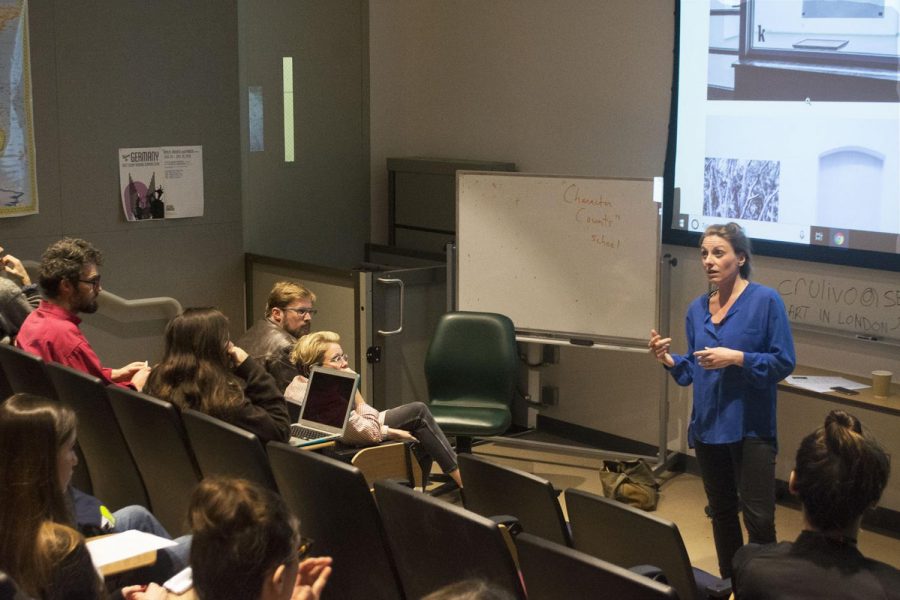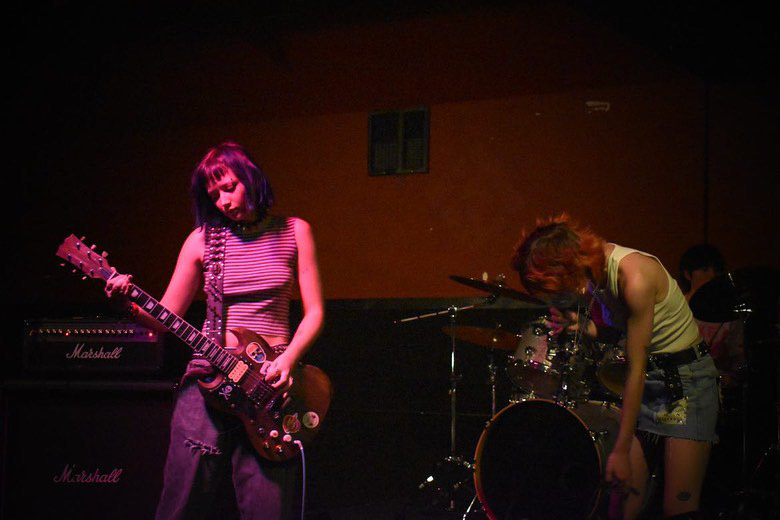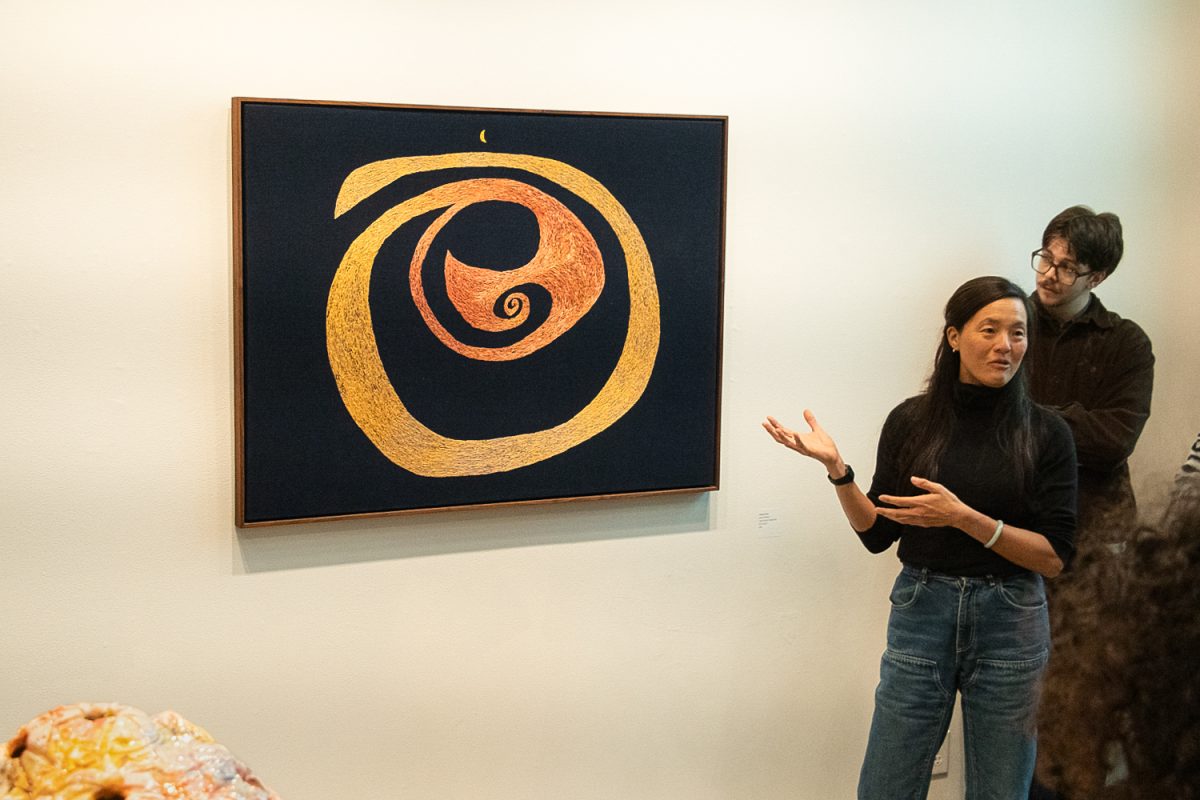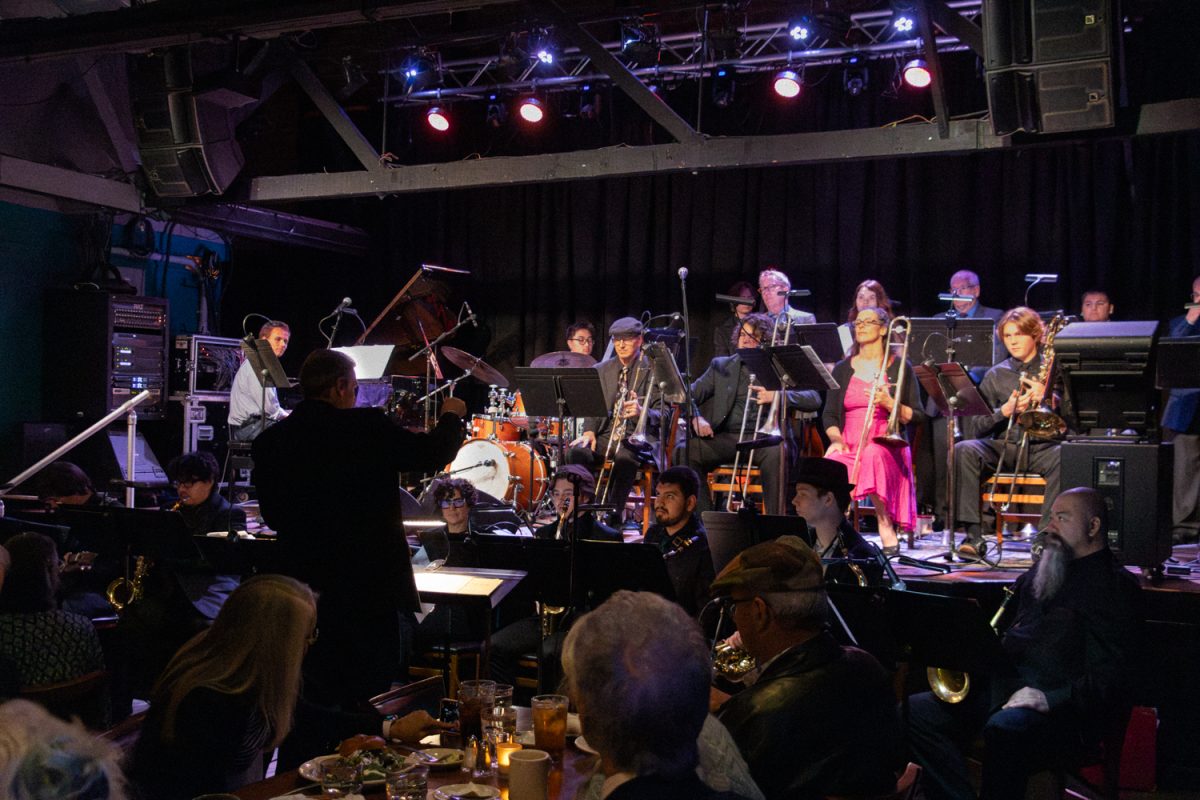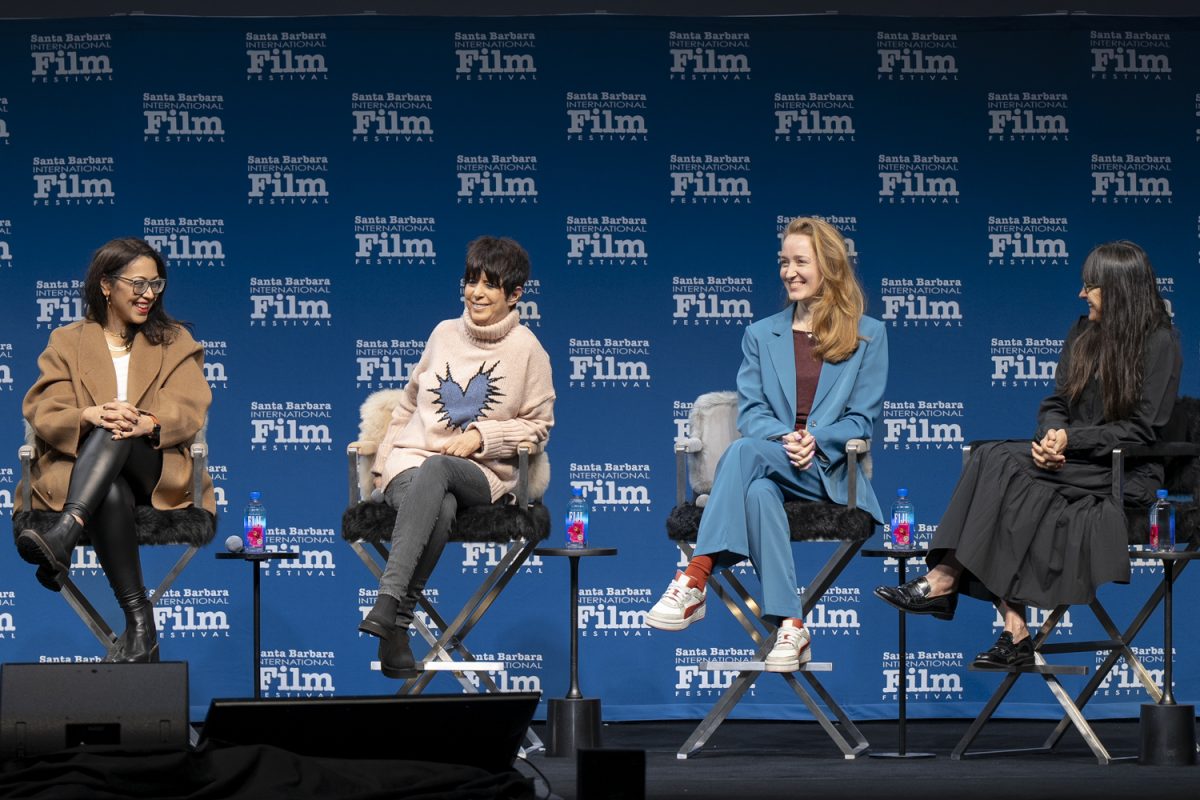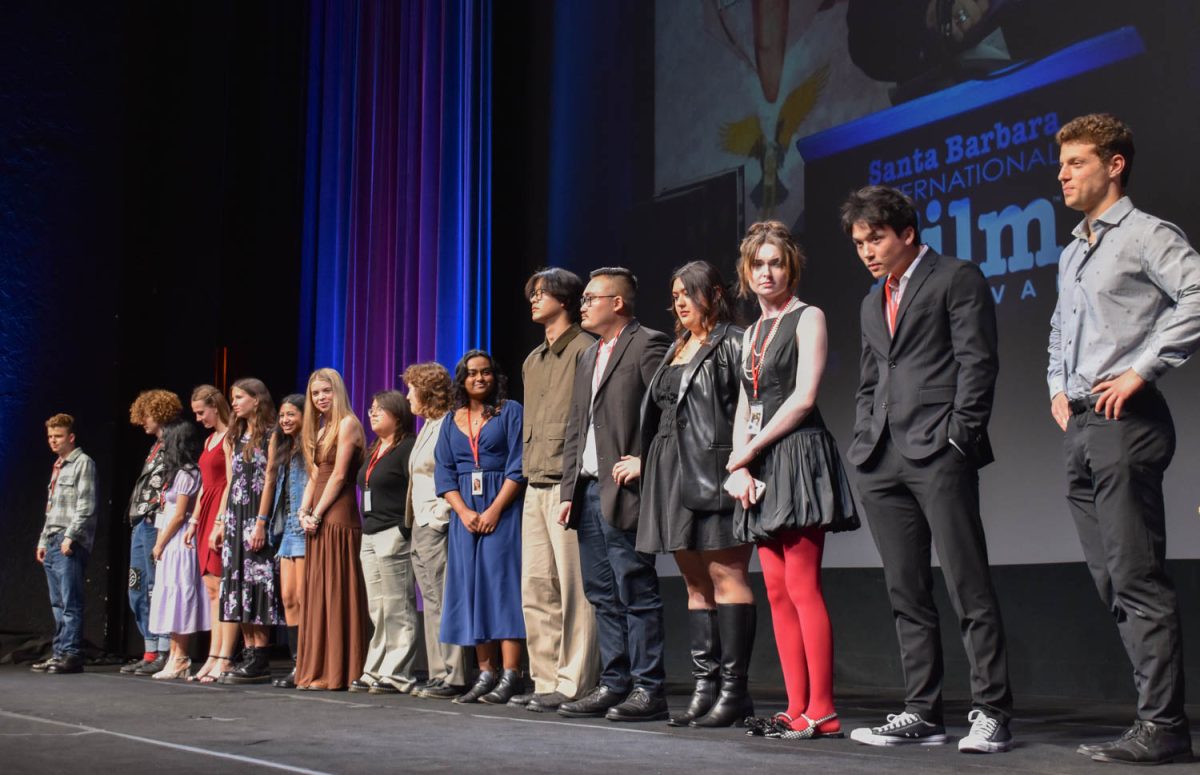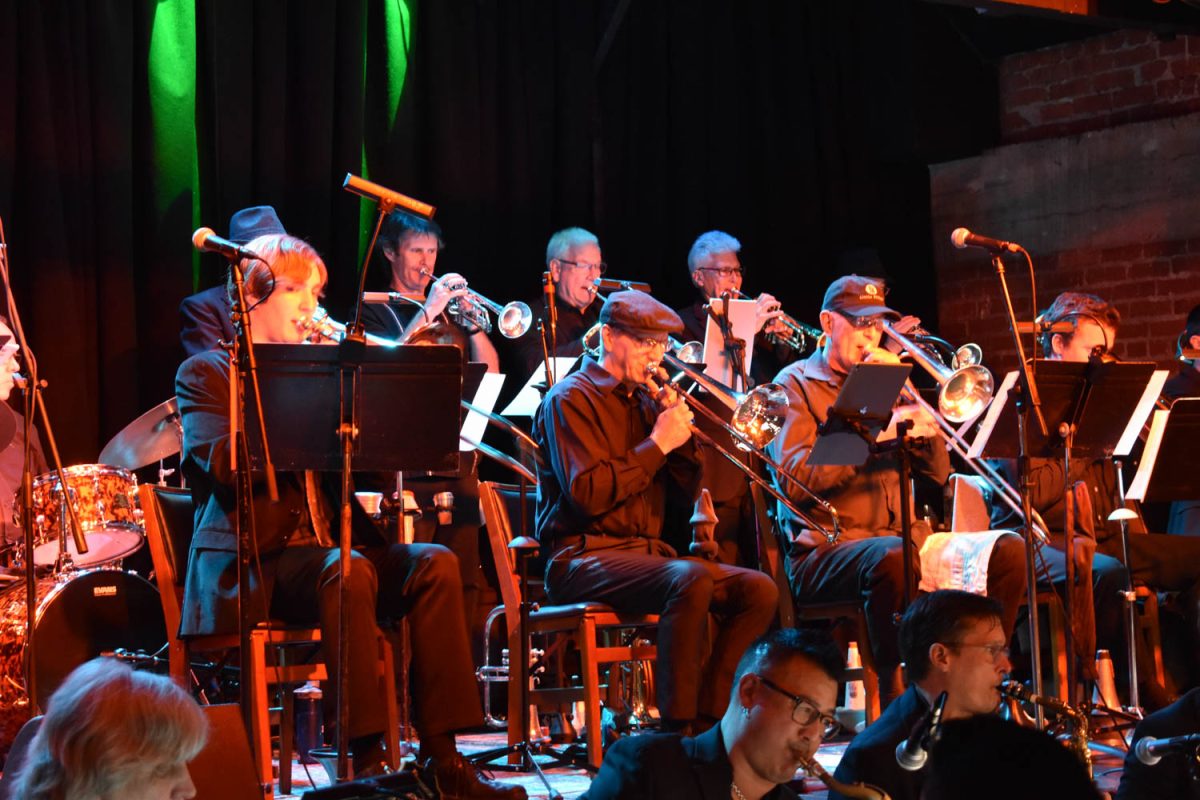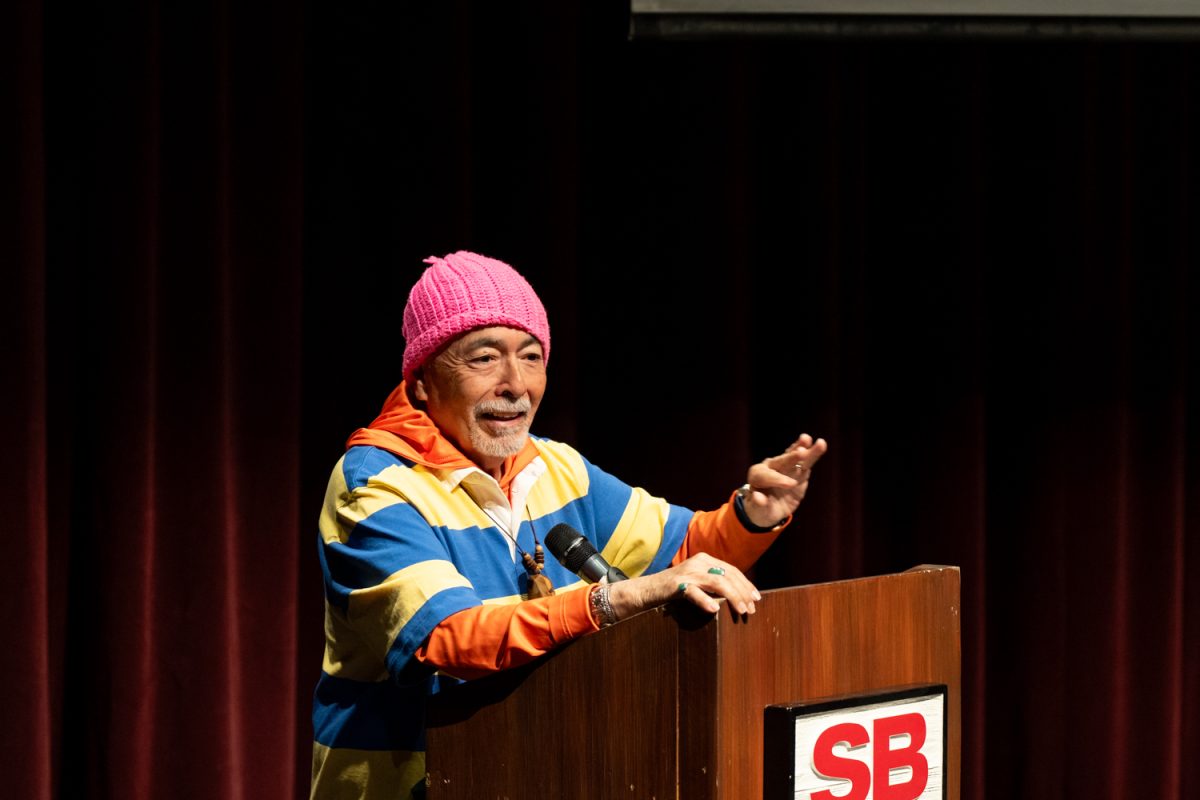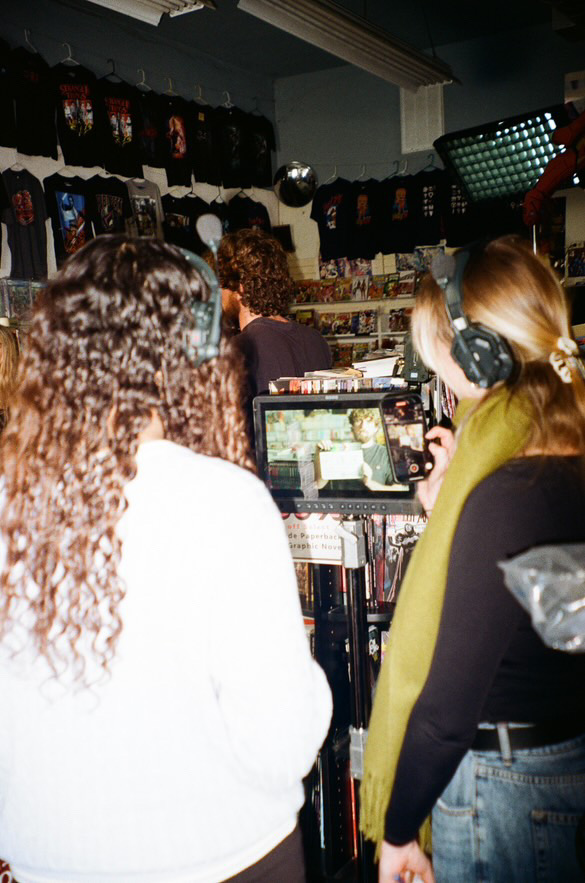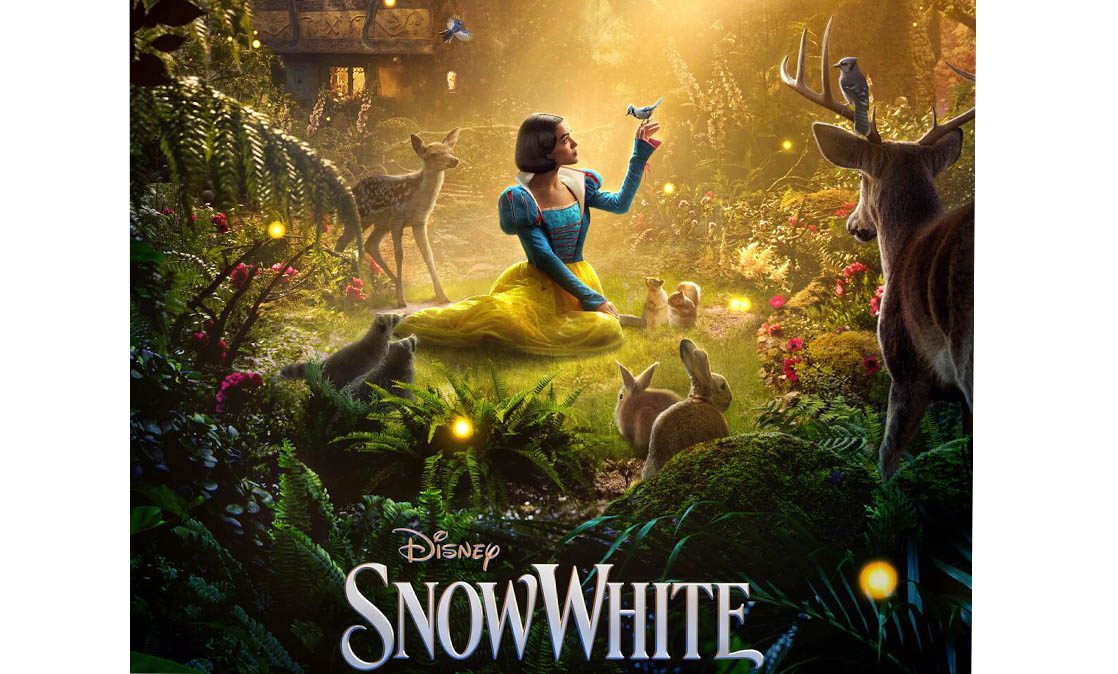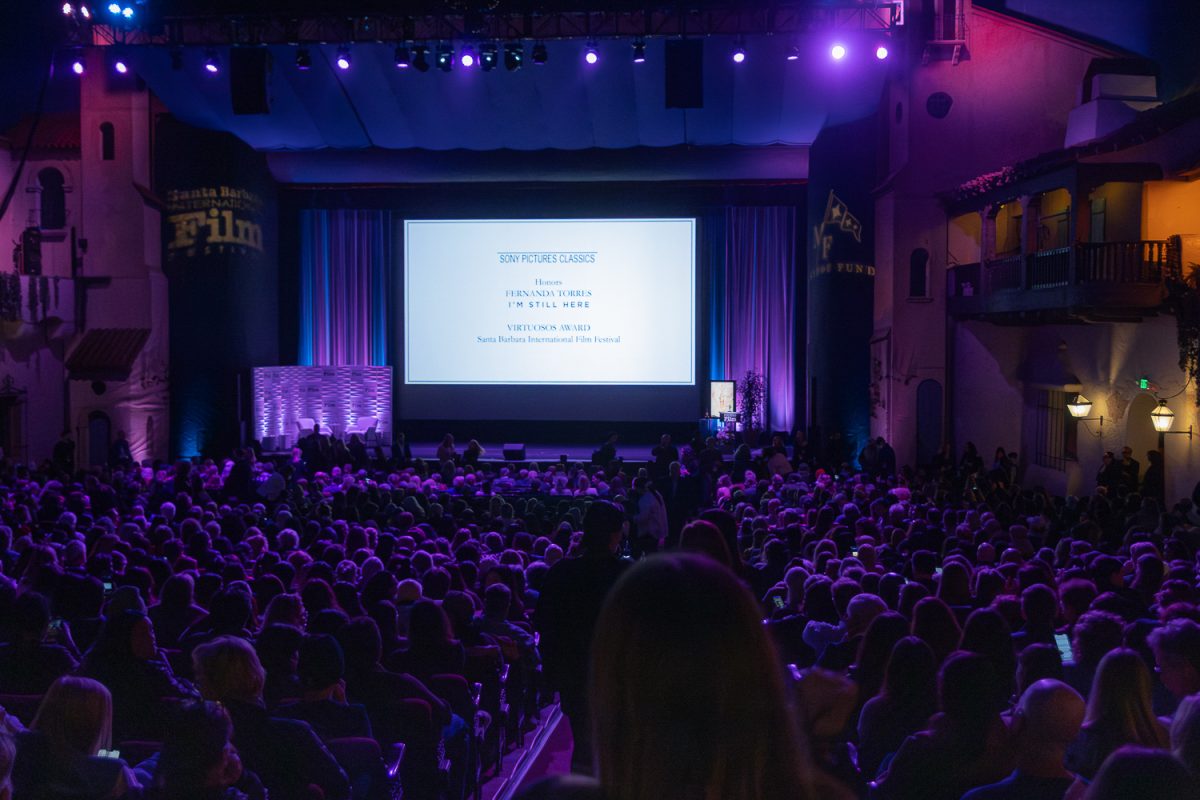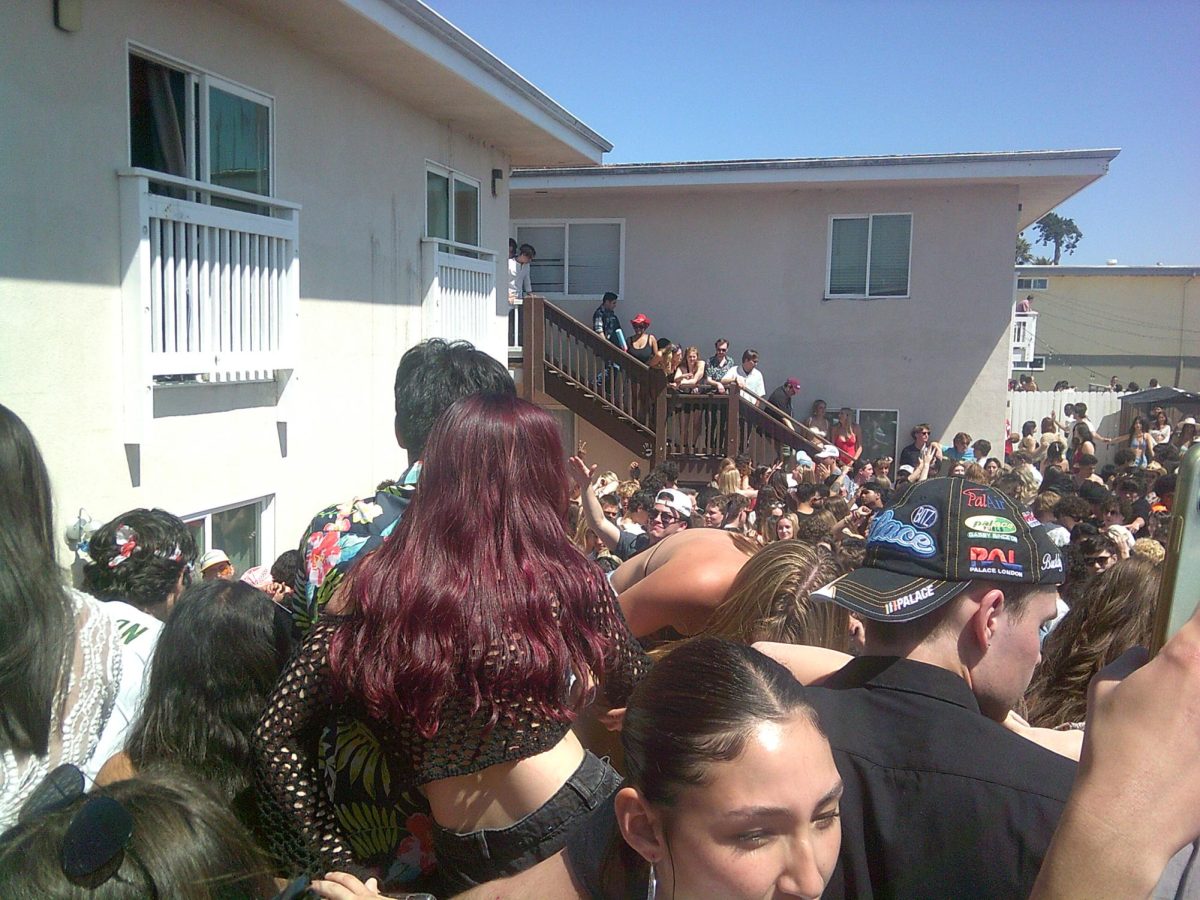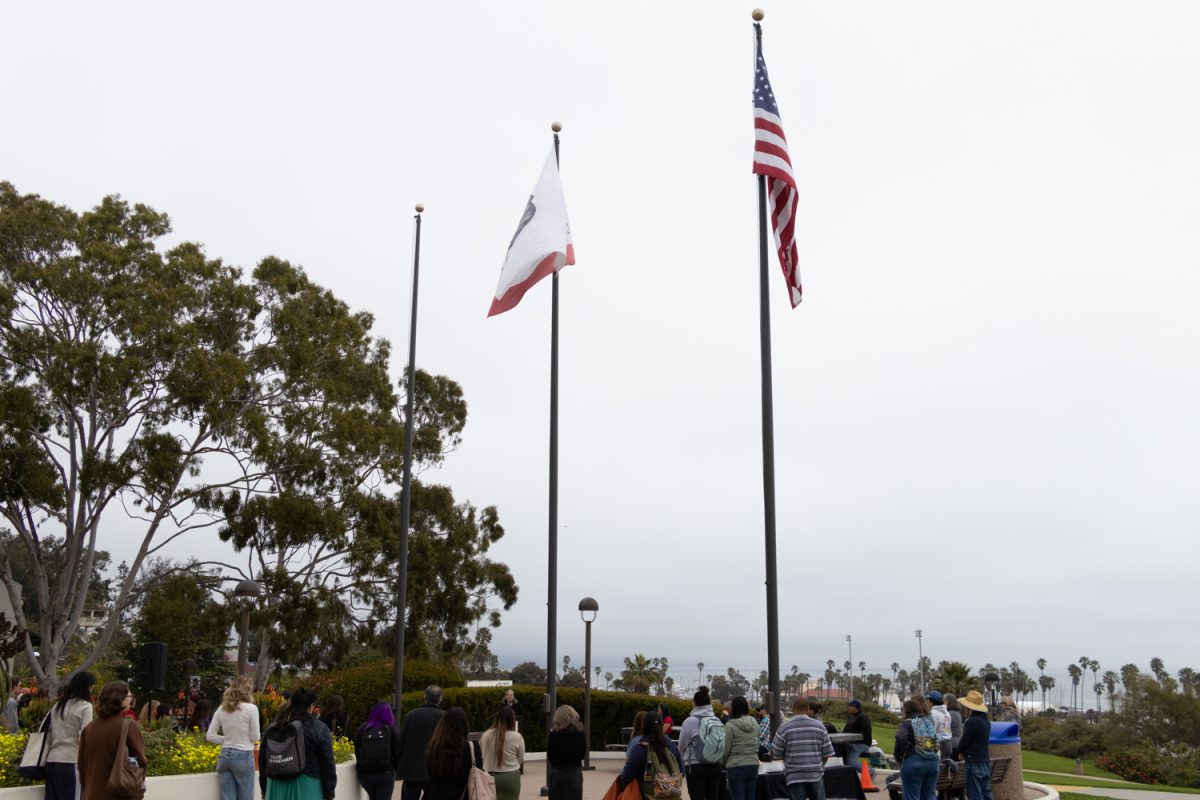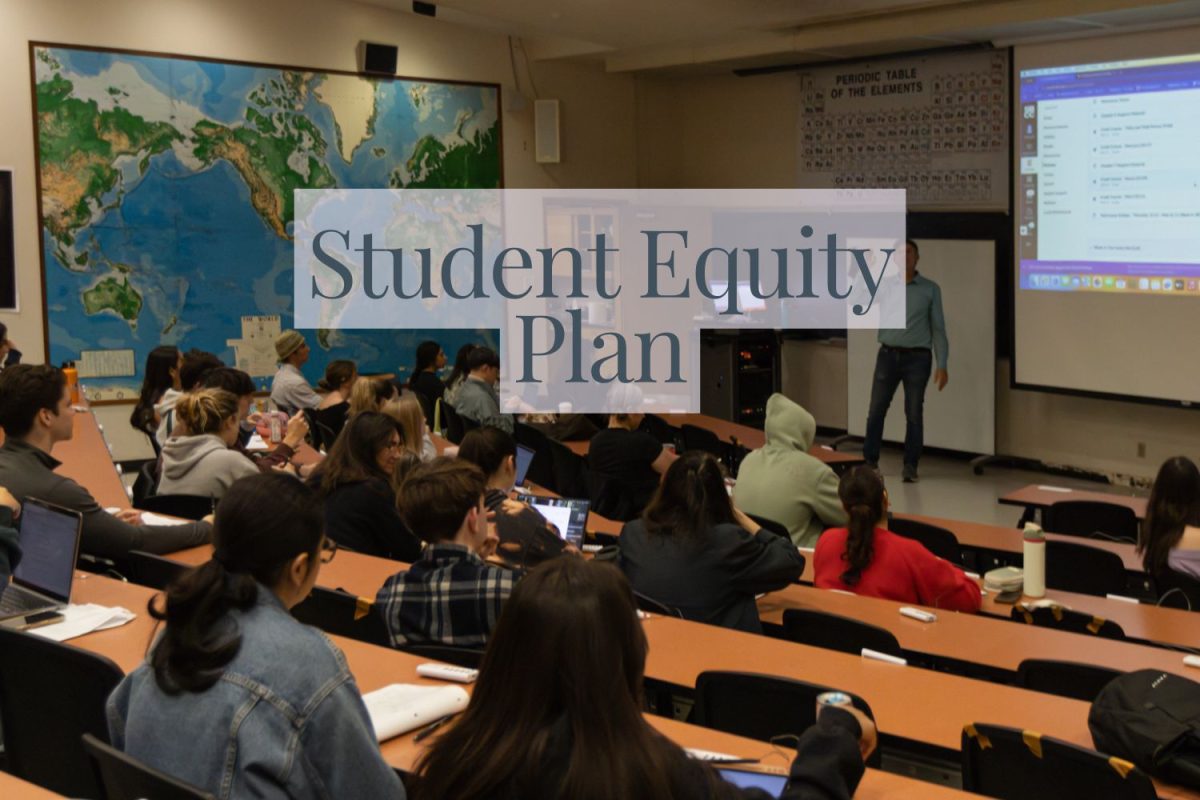Freelance art curator Mirjam Wendt spoke on the vital work that curators put in for a successful exhibition to students during a talk Thursday in City College’s Humanities building.
Focusing on what a curator does and how it can be a challenging task, Wendt explained that by being a freelance curator she is able to seek out “a place without a function where nothing and everything can happen.”
The way the art is displayed is meant to effortlessly guide the audience without their knowledge and create a space that gets people thinking. To accomplish this, a curator must find a way to connect the artist with the exhibition.
“When you create an exhibition you want to make it like a supermarket with everything you need,” said Wendt.
This means understanding why an artist makes certain choices, like choosing red instead of blue. After all, a curator’s goal is to “understand what the artist is doing and translate it into another world,” said Wendt.
Once a curator figures out the flow of the exhibition, their next task is to keep the audience comfortable. For people to have a pleasant experience, the atmosphere must be fitting. Wendt suggests that flowers and scented candles can go a long way in setting a mood. However, she says that having, “a toilet, beer, and some treats,” are quintessential in making the audience’s time enjoyable.
After receiving the art, Wendt closes the space for approximately three to four days to begin setting up and arranging the exhibition. During this time, she aims to give viewers a unique point of view. She then checks in with the artists to make sure they are pleased with the way their art is displayed.
Wendt went on to explain to the students the imperativeness of trusting their curators.
“Your art pieces are your babies… if a curator chooses three out of five pieces to hang it’s not killing your babies; they are trying to dress them up like a grandma,” Wendt said. “Your job is to make the artwork. My job is to present the artwork.”
Artists should seek out a curator that best suits them. Wendt finds the artists she showcases by travelling across the world from Los Angeles to Chicago to Berlin.
“It was interesting to hear what the job is like for a curator,” said Luisan Galvan, a City College student who accompanied friends to the speech.
“Wendt gave good examples of how to display your artwork to the audience,” said student Carlos Morales who liked that she broke down the collaboration process between artist and curator.
On her website, Wendt says that for her “curating is close to its word meaning – curare – to care, protect it, preserve… I am a curator and see myself as a mediator between artists and audience.”
“Make your art, find your grandma, think about space, and always create a good atmosphere.”


